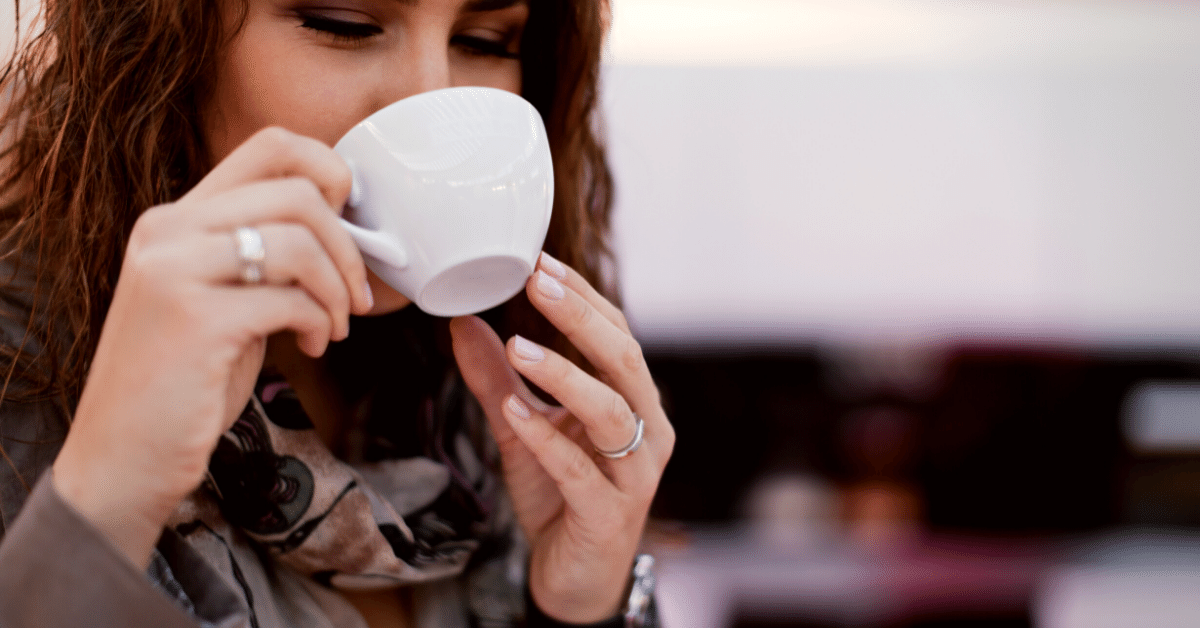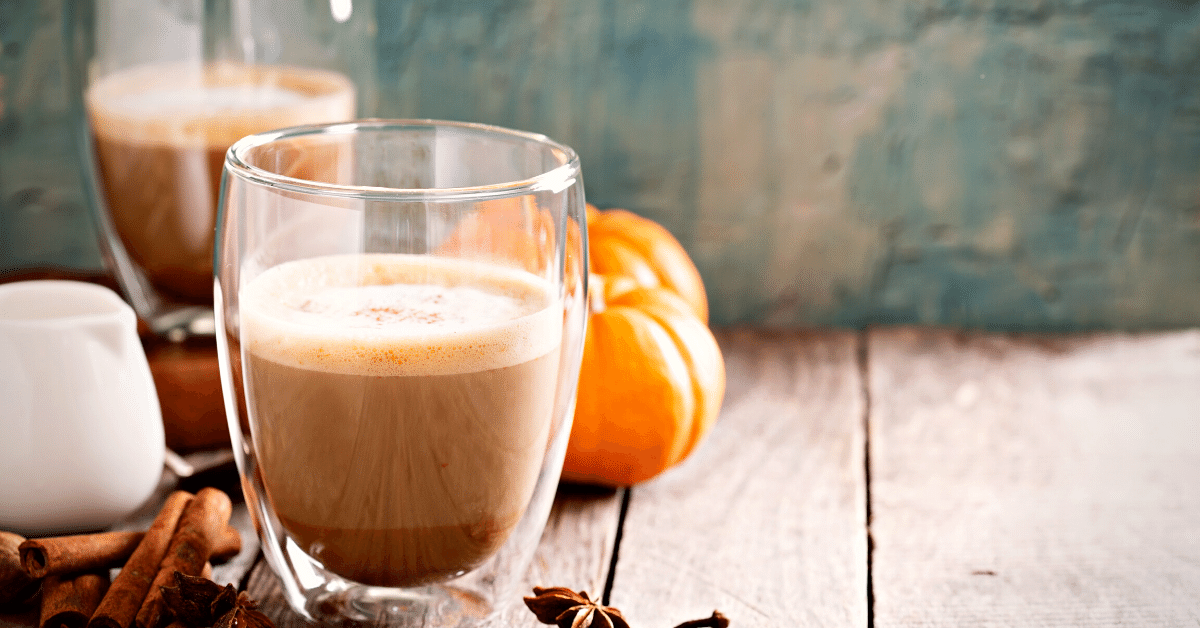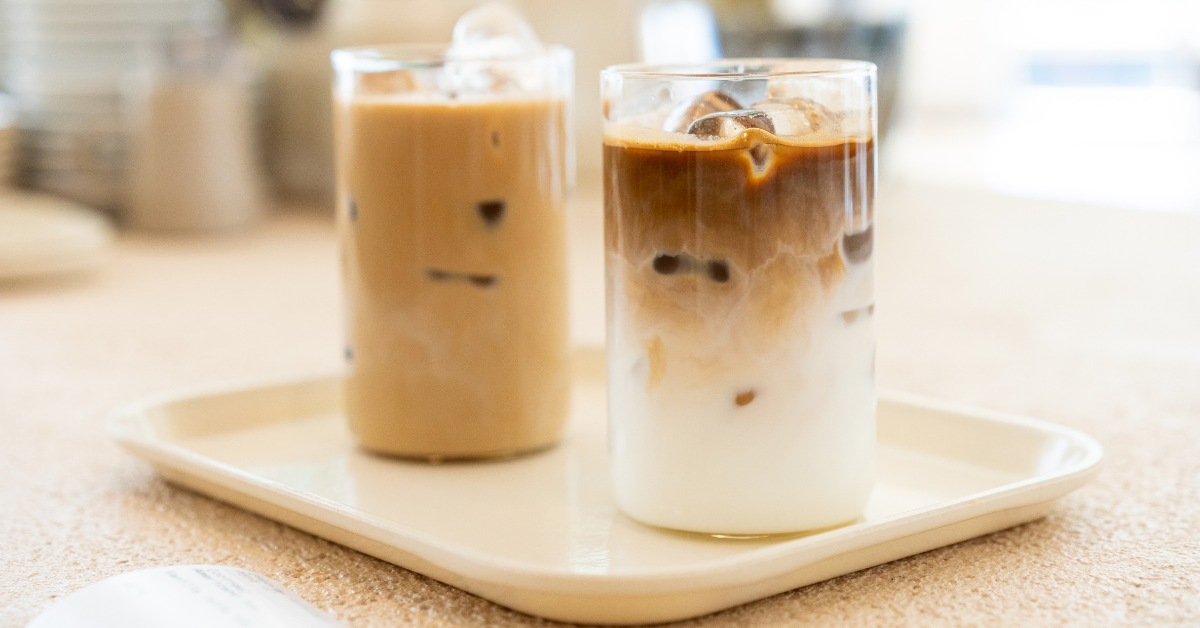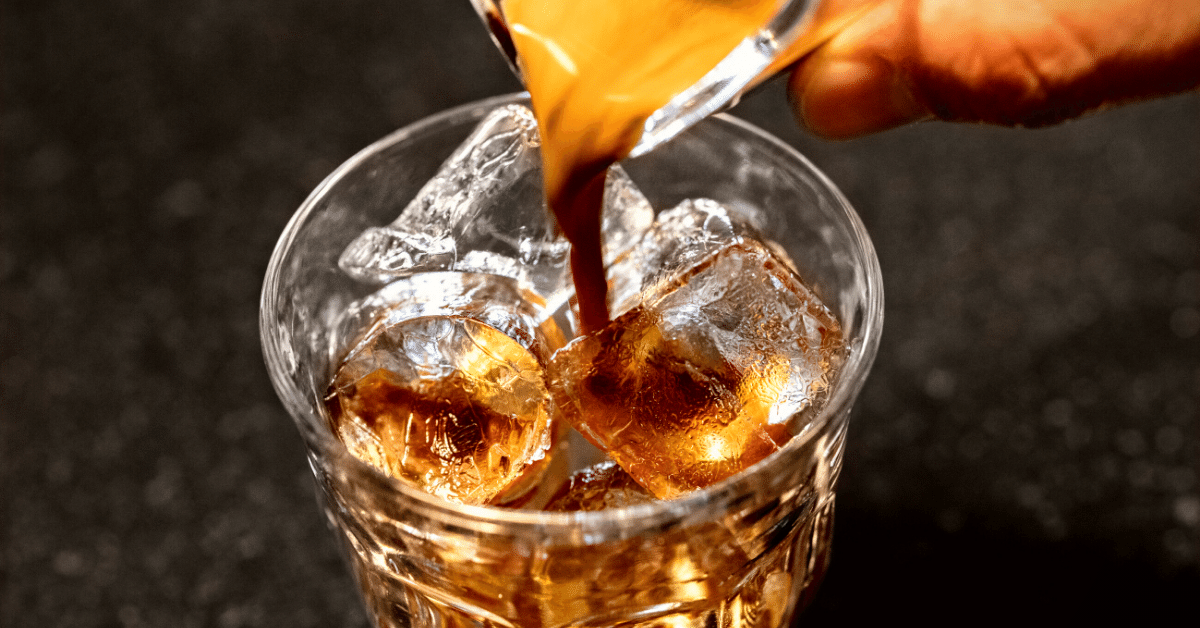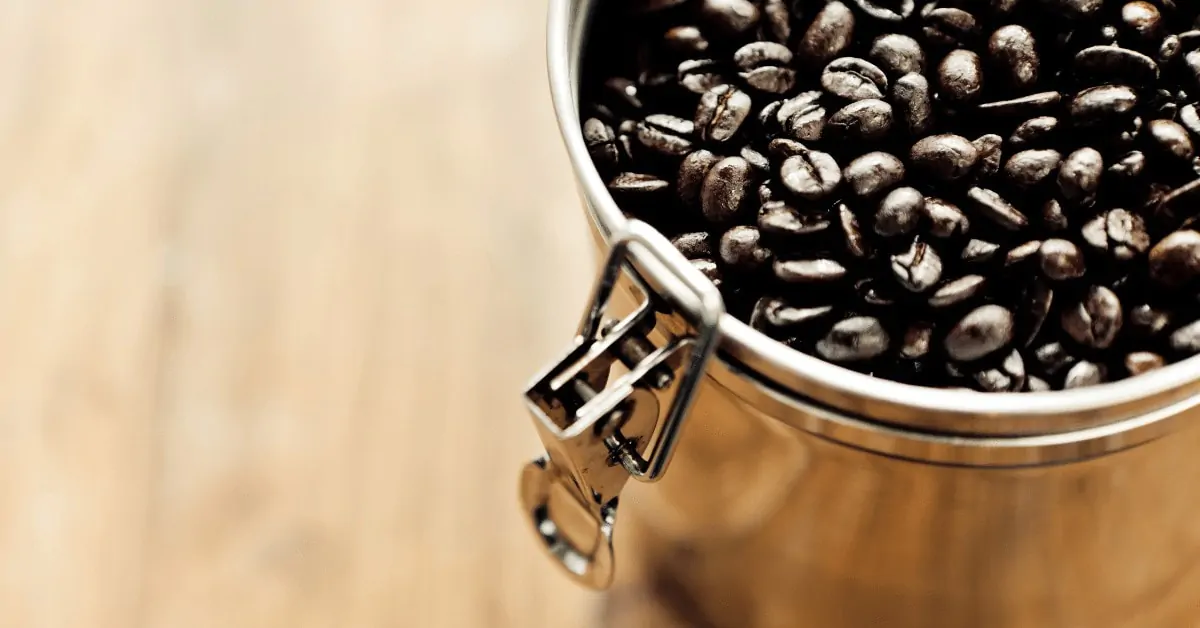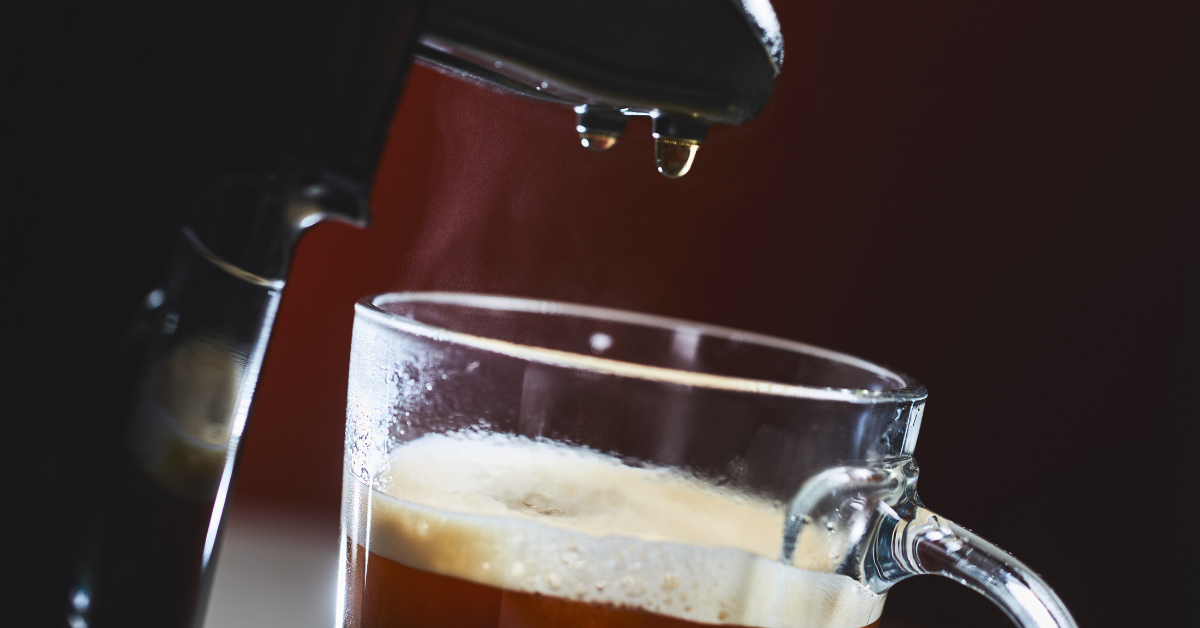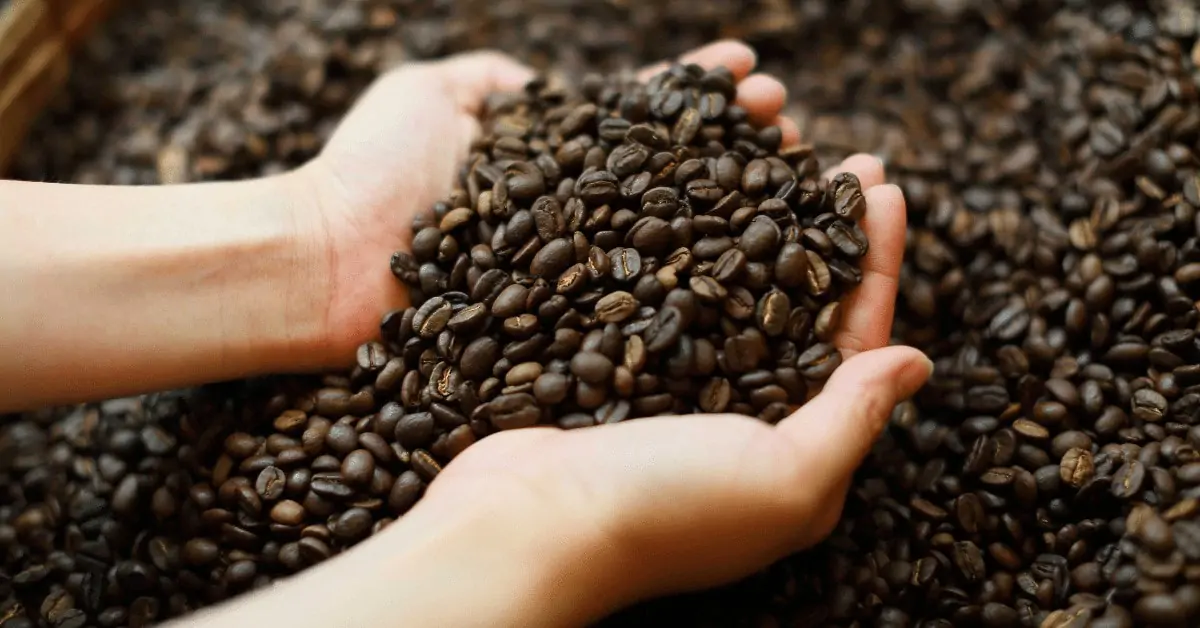Coffee experts all started somewhere. They didn’t become professionals in tasting overnight!
While your ambitions might not quite reach becoming a brewmaster, perhaps you want to learn how to start drinking coffee (and liking it).
If that sounds familiar, this guide is for you. I’ll walk you through how to start drinking coffee as well as give you the basics of this magic bean.
Let’s begin!
Beginner’s Guide to Drinking Coffee
With varying types, strengths, and flavors, where do you start? The art of coffee making can be somewhat confusing without basic notions, especially if you want to prepare coffee at home.
Then, you have to worry about what type of coffee to use, the different roasts, and which machines and grinders to help you through this journey.
You might want to start at a cafe where you need only worry about getting used to what coffee tastes like. But if you feel overwhelmed when you enter a coffee shop and see that huge list of caffeine-based drinks, don’t worry: I got you.
Here’s a step-by-step guide on getting started with your first cup of joe.
Step 1: Start with A Latte
If you’re cautious of the coffee’s bitter taste, you should start with something sweet.
A latte is a specialty coffee drink that combines steamed milk, an espresso shot, and creamy milk foam to top it off. If you order one from cafes, you might enjoy beautiful latte art on top of your drink.
Lattes have the perfect balance of sweetness and bitterness, so you’re off to a great start. I know several first-time coffee drinkers who have become lifelong latte lovers after the first sip.

Starting with a latte allows you to experience the same amount of caffeine in most drinks, with an added hint of sweetness from the milk.
If you want to taste the full flavors of coffee, the milk you use should be of premium quality. I recommend using whole milk for the best experience. But if you’re cutting down on calories, skim milk is a great alternative.
If you want additional flavors in your latte, there is a bunch of latte varieties you can try.
Some of the most popular are caramel and vanilla lattes, but I’m sure you will find your own favorite.
There is also an iced coffee version of the latte, which is great for hot summer days when you won’t feel like drinking hot coffee.
You can also try a flat white if you don’t like the foam. Flat whites have less milk than a latte, so they’re less creamy and rich. But because there’s still milk, you can guarantee sweetness in a cup of this drink.
If you enjoyed the creamy milk foam on top, you might want to try a cappuccino cup. This drink has even creamier foam!
Step 2: Experiment with Flavors

Once you’ve made it past step one and started lattes, you’re ready to move on to phase two. This is where you get to really have fun with your drinks and start figuring out what pairs well with the coffee’s flavor.
You can try experimenting with flavors by focusing on beans that taste a certain way.
Or, you can try adding syrups or flavor dustings that compliment the beans’ natural taste.
If you’re after syrups and flavoring, here are a couple of the most popular:
- French Vanilla – adding vanilla syrup to balance the coffee’s bold flavors
- Peppermint – if you prefer a minty yet sweet flavor profile, it’s perfect for the holidays
- Hazelnut – a nutty aroma and a pleasant sweetness balance to coffee’s bitter taste
- Pumpkin Spice – a combination of cinnamon, ginger, cloves, and nutmeg
- Mocha – a combination of coffee, chocolate, and milk
- Butterscotch – a mix of caramel and brown sugar
- Caramel – smooth and sweet taste to balance coffee’s robust flavors
These flavors work best in masking your coffee’s bitter taste. If you want the most basic flavors, try ordering drinks with caramel, vanilla, mocha, or hazelnut.
I always loved ordering white chocolate mocha back when I was just starting. It’s not complicated and has the perfect balance of sweet and bitter. Plus, it’s not as intense as an ordinary espresso but still has that good caffeine kick you need.
NOTE
Different flavors pair with different types of coffee. For example, dark roasts pair well with chocolate flavors, reducing coffee bitterness
Step 3: Adjust the Strength
Now that you’ve gotten used to drinking coffee with additional flavors or sweetness, it’s time to adjust the strength. Adjusting the strength depends on the type of caffeinated beverage you drink.
If you want less intense flavors, try using light roasts as opposed to dark roasts.
But watch out!
Although they taste less strong, light roast beans actually have more caffeine than dark roast. And as a beginner, you might watch your caffeine intake, so you don’t end up with shakey hands because of the overly caffeinated coffee.

You can also try diluting your coffee by adding water or using fewer beans to brew a cup.
Doing so will change the drink’s brew ratio. This can make much less intense brews which are a bit easier for beginners.
If you would like to skip caffeine consumption completely, try decaf coffee. Decaffeinated coffee tastes almost the same as regular coffee, and you probably won’t feel any difference. Well, aside from the lack of caffeine buzz
NOTE
Caffeine is a strong stimulant, but its consumption can make it hard to sleep. Consuming coffee has its good and bad sides.
Step 4: Try Other Espresso-Based Drinks
Aside from lattes and cappuccinos, you can also expand your choices and look for other espresso-based drinks.
Espresso-based drinks are some of the most common coffee offered in most cafes.
Moreover, espresso-based beverages are easy to experiment with. They’re great with almost any additional flavoring, syrup, and sweetener.
So, they’re also a great place to start your coffee-drinking journey.
A couple of espresso drinks you can get started with include:
Of course, there are tons of beverages out there that you can try. Get creative and see what else is on your local café’s menu. From mushroom coffee to butter coffee, you’d be surprised!
Types of Coffee Beans
Coffee beans are the foundation of whatever type of coffee you drink. That’s true whether you’re into lattes or regular coffee.
Let’s take a look at a few things to know about coffee beans before you embark on your coffee-drinking journey.
Arabica vs Robusta
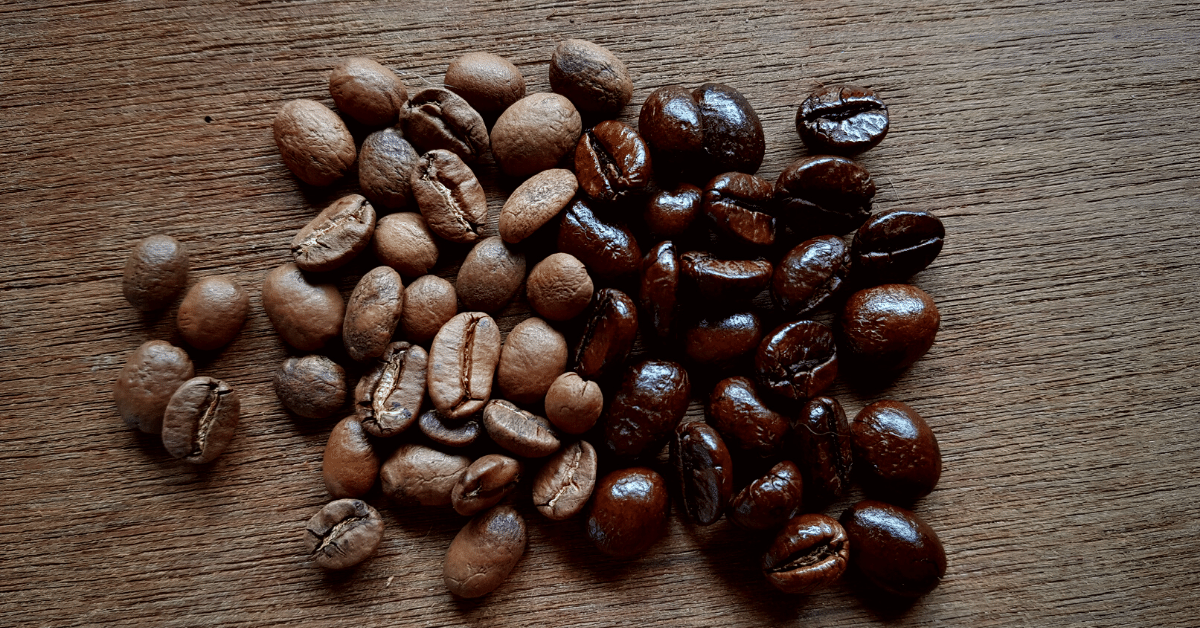
When you purchase coffee beans, they typically come in two types: Robusta and Arabica beans.
Arabica is by far the most famous type of coffee bean. These beans are commonly used in making black coffee. Their sweeter and complex flavor profiles make them have a smooth and velvety texture.
However, Arabica coffee beans are less caffeinated. As a result, they tend to be a bit easier to drink.
On the other hand, Robusta beans have an intense, bitter flavor and a higher caffeine content. These beans are ideal for when you need to power through long days at work.
NOTE
To really taste the nuances in your coffee, you should try organic coffee.
Different Roasts
Aside from the type of bean, their roast type also matters. You’ll typically find three common types of roasts: light, medium, and dark.
Light roasts reach their desired temperature in the shortest time. That’s also why lightly roasted beans don’t contain oils because they did not get a temperature high enough. These are the most caffeinated and have light, citrusy flavors with bright acidity.
If you want less acidity and more bodied flavors, choose medium roasts. They reach a higher temperature than light-roasted ones. Most medium roasts have more balanced flavors, with notes of honey and caramel.
Finally, dark roasts take the longest during the process. They contain lots of oils and have full-bodied and chocolatey flavors. Despite the strong flavor, these are the least caffeinated beans.
TIP
Try to find fresh coffee beans! Your cup of joe will taste the best when it’s made with freshly roasted beans sold in small batches. After you open the package, make sure to store the beans in an airtight container to keep them fresh as long as possible.
Origin & Flavor Profiles

The original flavor profiles of coffee depend on the region or country where they are grown.
Each area creates various flavor profiles. This is because of the differences in weather conditions and growing environments.
Here are the flavor profiles of coffee from a few of the most common regions:
- Hawaii – medium-bodied with chocolate and fruity notes
- Mexico – light-bodied with spice and fruity notes
- Costa Rica – mild and bright flavors
- Ethiopia – bright acidity with a citrusy and floral aroma
- Jamaica – more balanced and mellow flavor
- Kenya – intense acidity with berry and citrusy notes
- Colombia – mellow acidity with sweet and caramel notes
- India – full-bodied with low acidity
- Sumatra – more decadent flavors with chocolate and syrup notes
How to Make Coffee at Home
While many coffee-drinking newbies get started with beverages at fancy coffee shops, you can also make coffee at home!
To make great coffee at home, you’ll need a few pieces of equipment:
- A coffee grinder
- A coffee maker
Choosing the Right Grinder
A grinder can make or break your first coffee-drinking experience. These machines grind your beans to the right consistency for your chosen brew method.
I recommend getting a grinder with stainless steel conical burrs. They’re efficient and durable and give you a smooth coffee ground.
You also want a grinder with several adjustment settings. That ensures uniformity in grinding your beans. When the coffee grounds are consistent, your cup of java has rich and full flavors.
Picking the Best Coffee Maker
Of course, to make coffee at home, you’re going to need a coffee maker. There are a number of different types of coffee makers out there, but a few of the most common include:
- Espresso machine – ideal for flavored drinks like lattes, cappuccinos, macchiatos
- Moka Pot – a stove-top coffee maker that yields intense and robust coffee flavors
- French Press – a brewing method that uses a coffee filter, producing rich and smooth coffee
- Pod machines – a machine that forces coffee through pre-sized coffee pods
- Siphon – a brew method where water is forced up through a small hole and siphoned back down through the beans
- Drip machines – automatic pour-over machines that brew large quantities of drip coffee at a time
You can still make coffee without a coffee maker. One of the options is instant coffee, which you can prepare with coffee crystals and boiling water, or even with cold water. However, instant coffee won’t taste the same as freshly brewed coffee (it will taste worse.)
Another option is cold brew coffee. You can easily make it at home, but it’s also a staple drink at Starbucks.
This kind of coffee is made with coarse ground coffee that has been steeped in cold water for 12-24 hours.
You can basically make it with a mason jar and tea strainer, although there are specialty coffee makers for cold brew.
Cold brew is a delicious coffee with full taste, and low acidity, and can be paired well with milk.
Start Your Coffee Journey Today
It’s never too late to dive into the wonderful world of coffee. With this guide on how to start drinking coffee, you’re ready to start sipping on macchiatos like anybody else!
Just remember that the keys to getting started as a coffee drinker are good beans, a good grinder, and a great machine. With those tools under your belt, you can whip up coffee that even a beginner loves.
Need a coffee machine to help you whip up your new favorite drink? Check out our article on the best espresso machines for beginners!

